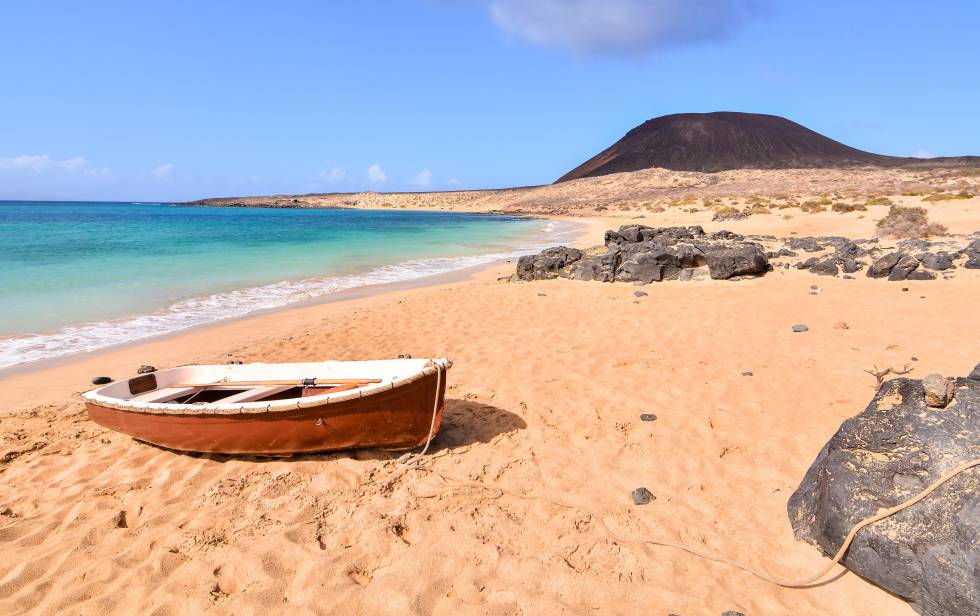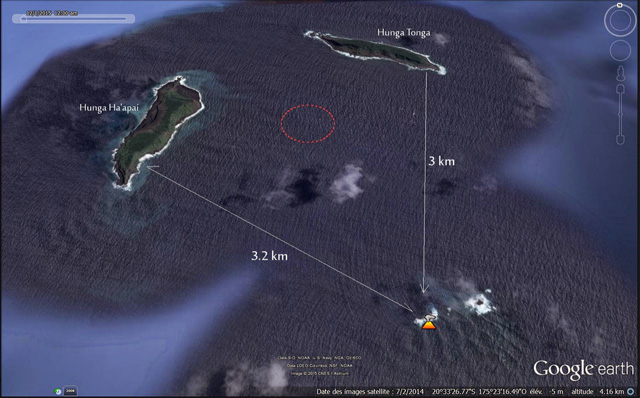When people dream of Norway’s islands, they usually picture the jagged peaks of Lofoten or the icy wilderness of Svalbard. But far from the spotlight, off the country’s west coast, lies Runde — a place that feels like it belongs in another story altogether. Small, wind-swept, and home to more birds than humans, Runde is one of those islands that you don’t stumble across by accident.
Author Archives: james
Exploring the Hidden Gem of Spain: The Isolated Island of La Graciosa
Nestled in the Atlantic Ocean, off the coast of Lanzarote in the Canary Islands, lies the secluded island of La Graciosa. Despite being part of Spain, this small and remote island is often overlooked in favor of its more famous neighbors. However, La Graciosa is a hidden gem, offering pristine landscapes, tranquil waters, and a glimpse into a way of life that has remained largely untouched by modernity. Moreover, its amazing floral diversity will stun you in the Spring.
Bear Island, Norway
Imagine a place so remote, it’s only reachable by boat, surrounded by fog-drenched cliffs, and inhabited by thousands of seabirds—not people. Welcome to Bear Island (Bjørnøya), Norway’s little-known gem, sitting alone between the coast of Norway and the icy Svalbard archipelago. This Arctic island might not host polar bears, despite its name, but it does have enough natural wonders, wildlife, and haunting beauty to leave a mark on any adventurer’s soul. Bear Island earned its name in 1596 when Dutch explorers, looking for a northern route to Asia, spotted a lone polar bear swimming near its coast. Though the bears don’t make this rocky island their home, the name stuck, giving it a rugged and wild reputation that holds up to this day.
The last land discovery in the world
Do you ever wonder where the last visited corner of the world was? In today’s age, it looks like our world map has been the same for centuries. You may not be aware that a late addition was made to our knowledge of the earth on September 3rd, 1913.
Banks Island, the Canadian settlement at the edge of the world
Banks Island is part of the Arctic Archipelago, a remote group of islands far away from the Canadian mainland. It is further North than most Greenland’s settlements. It is inhabited by about 100 people, all concentrated in Sachs Harbour.
The true fate of Easter Island
Much has been written about Easter Island, a lot of it through the lens of our European feeling of superiority. Through that prism, we scornfully looked at the island as a failed state: they chopped down all the trees for their useless statues, and ended up starving to death. For many decades, this view was popular and remained virtually unchallenged.
Thankfully, in the past several years, a lot has changed, and it’s now clear that this version of “history” was in fact sheer colonialism that wasn’t based on facts.
For an up-to-date understanding of the history of Easter Island, I can only recommend the marvellous documentary made by Paul Cooper, “Easter Island – Where Giants Walked“. It is thorough, eloquent and most importantly, factual. You may feel like you already know the history of this remote island, but please do yourself a favor and watch this video. You will be astonished by what you learn. Thank you to the Fall of Civilization Podcast for shattering these old preconceived notions in such spectacular fashion.
Farewell, Hunga Tonga-Hunga Ha’apai
After the massive eruption that took place on Hunga Tonga-Hunga Ha’apa (“the youngest island in the world“), the situation went back to pre-2015: 2 separate islands, even smaller than before.
Hunga Tonga-Hunga Ha’apai, the youngest island in the world
In early 2015, a volcanic eruption occured in the South Pacific within the Kingdom of Tonga, and a new island was formed: Hunga Tonga-Hunga Ha’apai [see on Google Maps].
Peñon de Alhucemas, remnant of the Spanish Empire
A mere hundred yards from the Moroccan coast lie the Alhucemas Islands. Among them, the most intriguing is the fortress called Peñon de Alhucemas. It dates back to the Spanish Empire, and has remained in Spanish hands even though Morocco vehemently contested it since its accession to independence in 1956.
Continue reading
Auckland Island
One of the most forbidding and unforgiving islands in the Southern Hemisphere is Auckland Island. Situated South of New Zealand, it has long been an island known for its dangers, during the whale hunting decades. Many boats were shipwrecked on its rocky shores. Perhaps more than any other, this island has seen unbelievable stories of survival and death from the crews of boats who were stranded on this island for many months or years.







